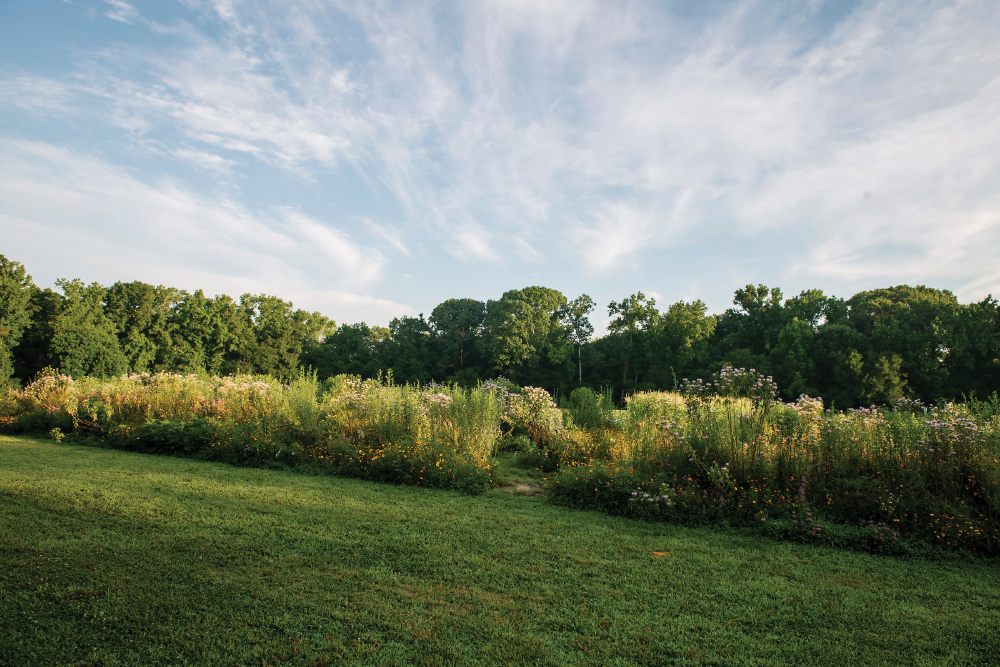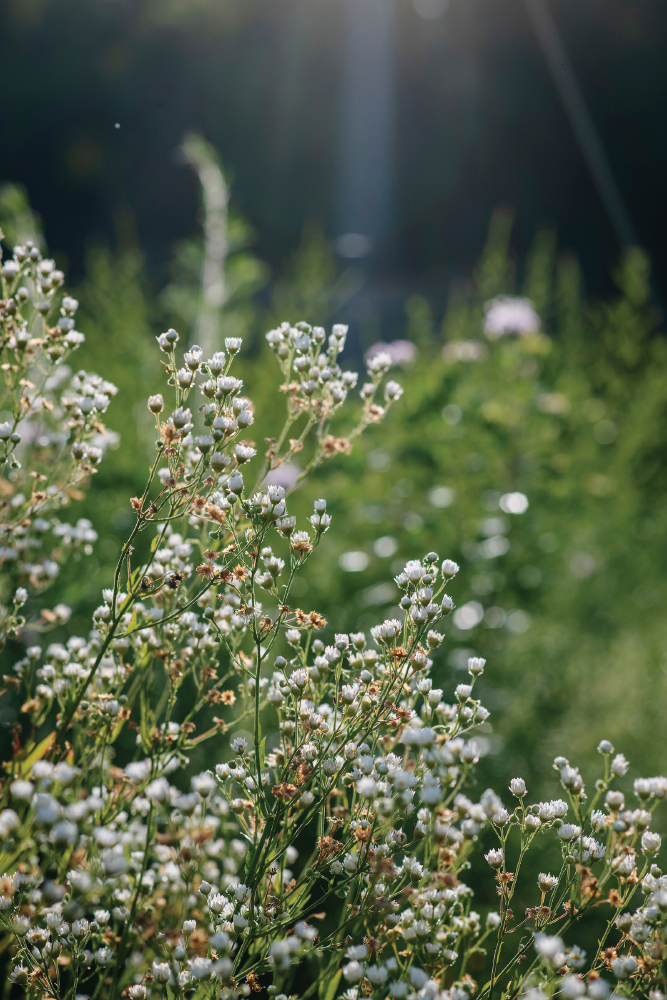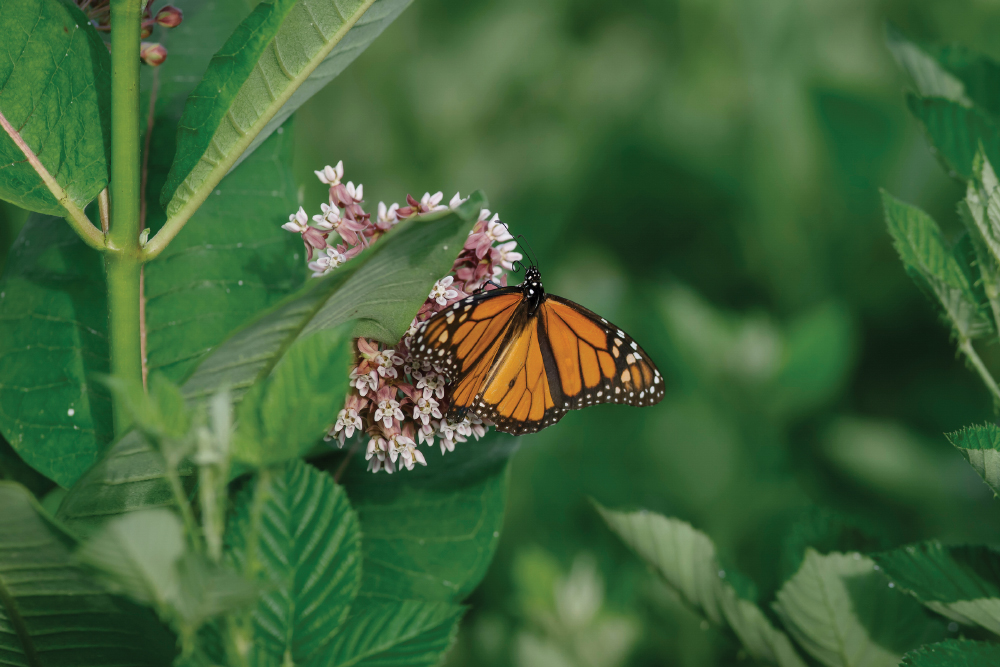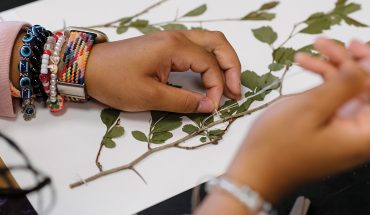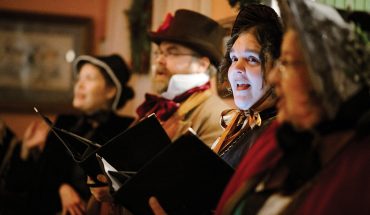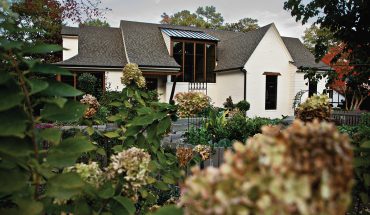This photo essay calls us to contemplate the significance of something as ordinary as a blade of grass.
by Helen Yoest | photography by Liz Condo
Picture bison and elk grazing across the Piedmont. Can you hear the calls of quail off in the distance, along with the charming lilt of the meadowlark? Now listen: can you hear the buzz of the native bees and, with the slightest breeze, the rustle of dried native grasses?
Hundreds of years ago, the Piedmont boasted millions of acres of grasslands, prairies, and open tree savannas, landscapes characterized by little to low tree coverage. The Indigenous peoples helped sustain these grasslands with fires to keep the land open. As European colonialists moved in, the Piedmont region lost upwards of seven to 10 million acres of grassland. Why? These grasslands were open and the easiest to plow and turn into farmland. Within the last two hundred years, most prairies were converted into farms and pastures; then into cities and suburbs. According to the Southeastern Grasslands Initiative, about 90% of these precious habitats are lost.
As advocacy efforts have grown around preserving native ecosystems, including everything from bees to streams to native plants, local organizations such as Triangle Land Conservancy, the Piedmont Prairie Partnership of the SGI, and the North Carolina Museum of Natural Sciences, as well as individual landowners, have been doing their part to restore grasslands in particular. Without these protections, many native habitats would be lost forever.
Native grasses filter water and serve as habitats and protection for countless insects and small animals. Flowering grasses attract pollinators, and once the seed heads form, they become a feast for various species of birds, particularly goldfinches, providing nourishing protein throughout the winter. Many birds also make their nests from dried grasses — if you’ve ever monitored a bluebird box, you may have noticed it used as nesting material. In late summer, female common wood nymphs become more active and deposit eggs on or near host native grasses.
Native grasses aren’t showy — they don’t demand ardent declarations of love, like a majestic oak with broad canopy and strong trunk. But if you slow down and really look, you’ll see their subtle beauty: the myriad shades of green as morning light filters through a slender blade, fuzzy buds and blossoms that bring texture to a field of spindly leaves, how the grass softens the rise and fall of the land. These quieter pleasures remind us of how fragile our environment is, and invite us to do our part.
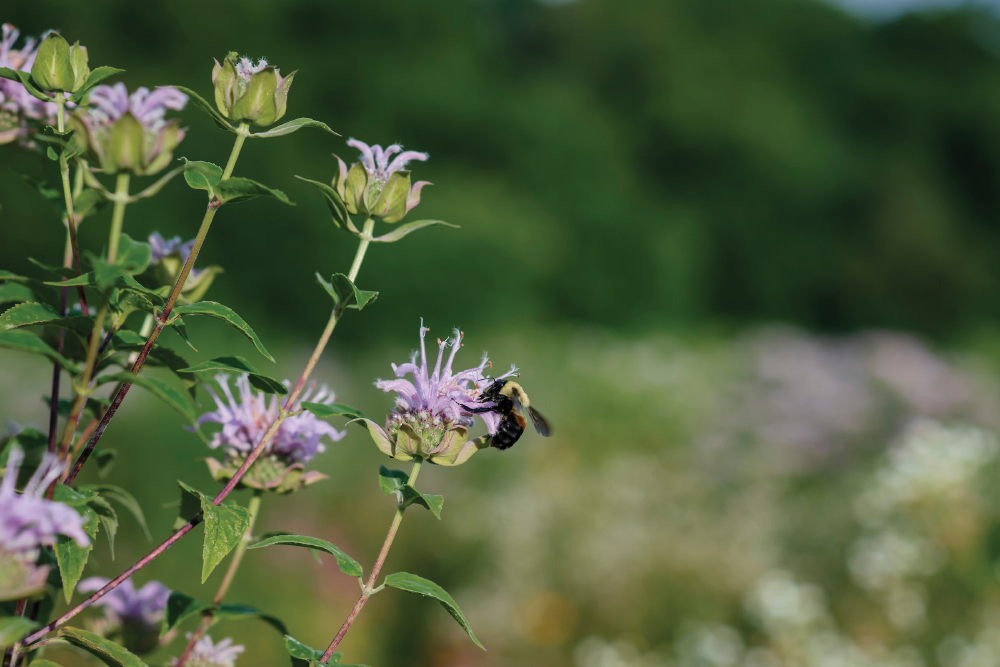
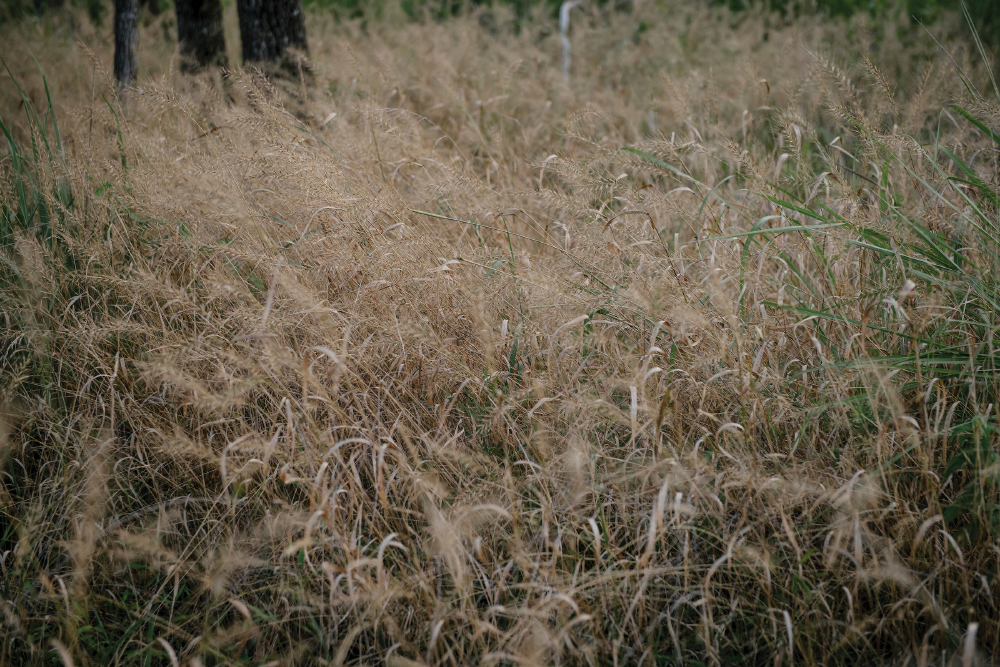
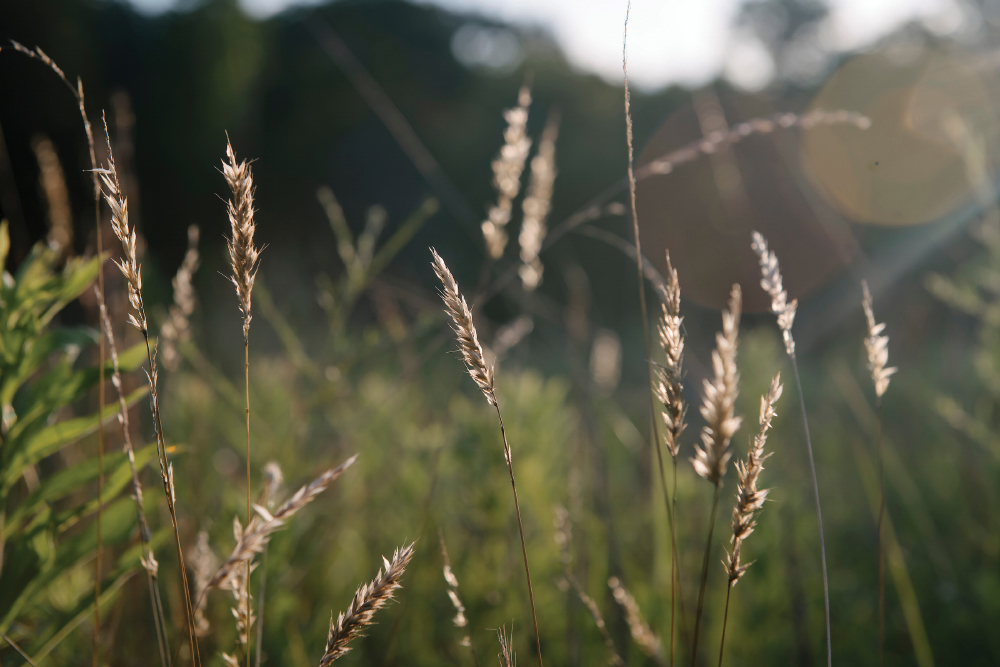
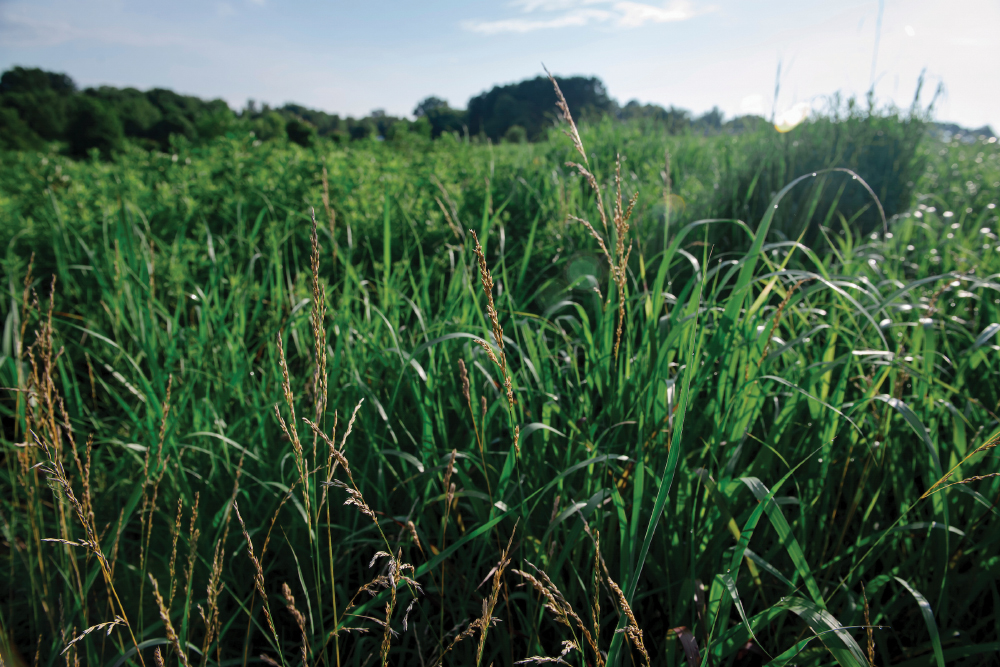
__
This article originally appeared in the September 2021 issue of WALTER magazine.

